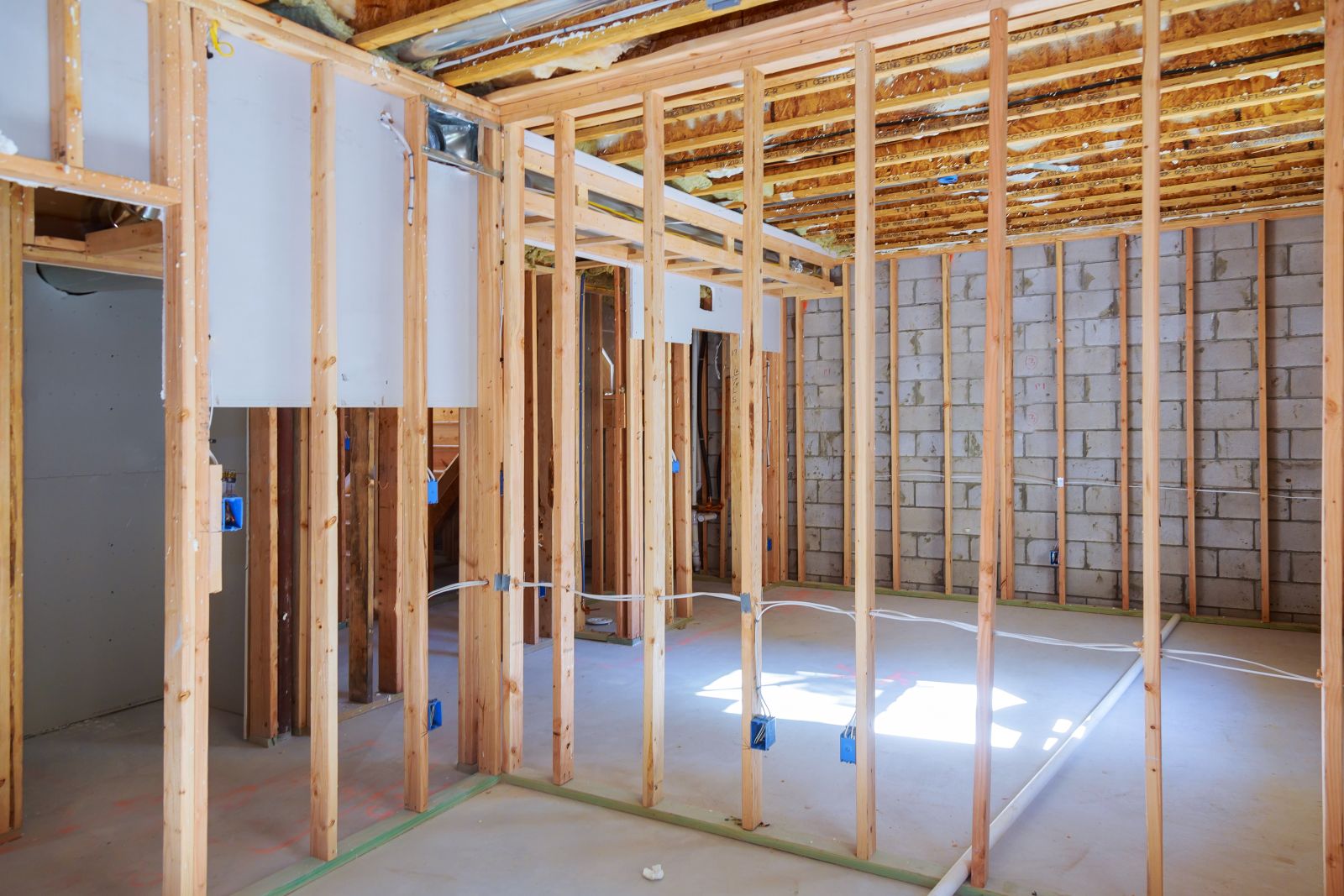

Articles
How To Heat An Unfinished Basement
Modified: January 18, 2024
Learn how to heat your unfinished basement with these helpful articles. Get tips and advice on heating options and find the best solution for your space.
(Many of the links in this article redirect to a specific reviewed product. Your purchase of these products through affiliate links helps to generate commission for Storables.com, at no extra cost. Learn more)
Introduction
Welcome to the comprehensive guide on how to heat an unfinished basement. Turning your unfinished basement into a functional and cozy living space can greatly enhance the value and livability of your home. However, before you can start enjoying this additional space, you’ll need to ensure that it is properly heated throughout the year.
Basements are known for their natural coolness, which can be attributed to their location below ground level. The lack of insulation, exposed concrete walls, and potential moisture issues make heating an unfinished basement a unique challenge. In this article, we will explore various strategies and techniques to effectively heat your unfinished basement and make it a comfortable extension of your living area.
When it comes to heating an unfinished basement, there are several key factors to consider. These include assessing the current state of your basement, selecting suitable insulation options, choosing the right heating system, installing ductwork or radiators, managing heat distribution, ensuring proper ventilation and moisture control, addressing air leaks and sealing, addressing electrical considerations, and adhering to safety measures and building codes. Let’s dive deeper into each of these aspects to better understand how to heat an unfinished basement.
Key Takeaways:
- Transform your unfinished basement into a cozy living space by assessing insulation, selecting the right heating system, and prioritizing safety and compliance with building codes.
- Proper ventilation, moisture control, and sealing air leaks are essential for creating a comfortable and energy-efficient heated basement. Don’t overlook electrical considerations and always prioritize safety.
Read more: How To Clean An Unfinished Basement
Assessing the Unfinished Basement
Before you begin the process of heating your unfinished basement, it’s important to assess its current condition. This will help you identify any potential issues and determine the most effective heating options for your specific needs. Here are some key aspects to consider:
- Insulation: Check the insulation in the walls, floor, and ceiling of your basement. In many cases, unfinished basements lack proper insulation, which can result in significant heat loss. Insulating these areas will not only help retain heat but also improve energy efficiency.
- Moisture and Dampness: Evaluate the level of moisture and dampness in your basement. Excessive moisture can lead to mold growth and other problems. It’s crucial to address any moisture issues before installing a heating system to prevent further damage.
- Windows and Doors: Inspect the windows and doors in your basement for any air leaks or drafts. Poorly sealed windows and doors can significantly impact the efficiency of your heating system and result in energy waste. Consider weatherstripping or caulking these areas to reduce air infiltration.
- Size and Layout: Take note of the size and layout of your basement. Consider how you plan to utilize the space and identify the areas that require more heating. This will help you determine the appropriate heating capacity and distribution methods.
- Existing Heating Systems: Check if there are any existing heating systems in your basement. Evaluate their condition and efficiency. You may be able to modify or upgrade these systems rather than installing new ones.
By thoroughly assessing your unfinished basement, you’ll have a better understanding of its specific requirements and be able to plan your heating strategy accordingly. Whether it’s improving insulation, addressing moisture issues, sealing air leaks, or considering existing heating systems, this evaluation is crucial for a successful heating project.
Insulation Options for the Basement
Insulating your unfinished basement is a vital step in creating a comfortable and energy-efficient space. Proper insulation will not only help retain heat but also prevent moisture issues and reduce energy consumption. Here are some insulation options to consider:
- Insulating the Walls: One of the most common and effective ways to insulate basement walls is by using rigid foam insulation. This type of insulation is moisture-resistant and can be directly applied to the walls. Another option is fiberglass batt insulation, which is more affordable but requires a vapor barrier.
- Insulating the Floor: Insulating the basement floor will help minimize heat loss and provide added comfort. Two common methods for insulating the floor include installing foam board insulation underneath the flooring or adding insulation between the floor joists above the basement ceiling.
- Insulating the Ceiling: If you have a basement with a lower ceiling height, insulating the ceiling can be a practical option. This can be done by installing insulation boards or batt insulation between the ceiling joists. However, this method may result in a slight loss of headroom.
- Vapor Barrier: In addition to insulation, it’s essential to install a vapor barrier to prevent moisture from seeping into the basement. A vapor barrier acts as a barrier against condensation, helping to maintain a dry and comfortable environment.
- Air Sealing: Alongside insulation, proper air sealing is crucial to maximize energy efficiency. Seal any gaps, cracks, or openings in the basement walls, floors, and ceilings using caulk or spray foam insulation. This will prevent air leakage, improving the overall insulation performance.
When considering insulation options for your basement, it is recommended to consult with a professional to determine the most suitable insulation materials and techniques based on your specific needs and the climate conditions in your area. Proper insulation will play a significant role in maintaining a consistent and comfortable temperature in your basement, making it a more enjoyable living space.
Selecting the Right Heating System
Choosing the right heating system for your unfinished basement is crucial to ensure efficient and effective heating. Several factors should be taken into consideration when selecting a heating system:
- Size of the Basement: Consider the size of your basement as it will determine the heating capacity required. Measure the square footage of the space to determine the appropriate heating system size.
- Insulation and Energy Efficiency: Take into account the insulation level of your basement when choosing a heating system. A well-insulated basement will require less heating, while a poorly insulated one may require more energy-efficient heating options.
- Power Source: Evaluate the available power sources in your home. Common options include natural gas, electricity, propane, or oil. Choose a heating system that aligns with the power sources available and is most cost-effective for your needs.
- Budget and Operating Costs: Define your budget for the heating system installation and consider the long-term operating costs. Different heating systems have varying initial costs and ongoing expenses, so choose one that fits within your budget and offers reasonable energy efficiency.
- Control and Zoning: Determine your desired level of control and zoning options. Some heating systems offer individual temperature control for different areas of the basement, allowing for customized comfort and energy savings.
- Noise Level: Consider the noise level of the heating system, especially if the basement will be used as a living area or bedroom. Opt for a system that operates quietly to avoid any disturbances.
Popular heating options for unfinished basements include forced-air systems, such as furnaces and heat pumps, as well as radiant heating systems like hydronic or electric floor heating. Each system has its own advantages and considerations, so it’s essential to research and consult with a heating professional to determine the ideal choice for your specific needs.
Remember to also consider any building codes or regulations related to heating systems in your area. Compliance is important for safety and to ensure the smooth installation and operation of your chosen heating system.
By carefully considering these factors and seeking professional guidance, you can select the right heating system that will efficiently meet your heating needs and create a comfortable environment in your basement.
Installing Ductwork or Radiators
When it comes to heating an unfinished basement, two common methods are installing ductwork or radiators. The choice between the two depends on various factors, including your heating system, space availability, and personal preferences. Here’s an overview of each option:
- Ductwork: If your home already has a forced-air heating system, extending the existing ductwork to the basement can be a practical solution. This involves running additional ducts and registers to properly distribute warm air throughout the basement. It’s important to consider the layout of your basement and plan the ductwork accordingly to ensure even heating in all areas. Consulting with an HVAC professional is advisable to ensure proper sizing and installation of the ductwork.
- Radiators: Radiant heating systems, such as baseboard radiators or radiant floor heating, are popular options for heating basements. Baseboard radiators are installed along the walls and use hot water or steam to radiate heat into the space. Radiant floor heating, on the other hand, involves installing hydronic pipes or electric heating mats beneath the flooring to provide consistent warmth from below. Radiant heating systems are known for their comfort and energy efficiency, but they may require professional installation and adjustments to accommodate the flooring and space layout.
While ductwork is a more common choice, radiators can be an excellent alternative if you prefer a more discreet and space-saving option. Consider the availability of space, cost, and the overall design and layout of your basement when deciding between the two.
Regardless of whether you choose ductwork or radiators, it’s essential to ensure proper insulation of the ducts or radiant heat sources to minimize heat loss and maximize energy efficiency. Additionally, consult with a professional to determine the appropriate size, placement, and installation method for your chosen option to ensure optimal heating performance.
Installation of ductwork or radiators should be carried out by qualified professionals to ensure safety and compliance with building codes. Proper installation is essential to ensure the efficient and effective distribution of heat throughout your unfinished basement.
Read more: How To Hang Curtains In Unfinished Basement
Flooring and Heat Distribution
Choosing the right flooring and ensuring proper heat distribution are crucial aspects of effectively heating an unfinished basement. Here are some considerations for both:
- Flooring: The type of flooring you choose can impact the heat distribution and overall comfort of your basement. Some flooring materials, such as ceramic tiles or stone, tend to feel colder, while others, like carpet or engineered hardwood, offer better insulation and warmth. Consider the insulation properties, durability, and personal preference when selecting flooring for your heated basement.
- Radiant Floor Heating: If you opt for radiant floor heating, certain flooring materials are more suitable. These include tile, stone, or engineered hardwood, which conduct heat effectively. Thicker flooring materials, like solid hardwood, may hinder heat transfer and reduce the effectiveness of the radiant heating system. Consult with the heating professional to ensure compatibility between your chosen flooring and radiant heating system.
- Heat Distribution: Achieving even heat distribution throughout the basement is important to maintain a comfortable temperature. With ductwork-based heating systems, ensure proper placement of registers and vents to deliver warm air to all areas. Consider the layout of the basement and the potential impact of furniture or obstructions on the airflow. If using radiators, position them strategically along exterior walls to maximize heat distribution and provide a balanced heating effect.
- Zoning: Consider implementing zoning controls to further enhance heat distribution in your basement. Zoning allows you to adjust the temperature in different areas of the basement independently. This is particularly beneficial if you have separate zones for entertainment areas, offices, bedrooms, or other designated spaces. Zoning provides flexibility and helps optimize energy usage based on your needs.
- Air Return: Ensure proper air circulation and return in the basement to maintain a healthy and balanced heating system. Place air return vents strategically to allow for efficient air circulation and prevent stagnation of warm air. Inadequate air return can hamper heat distribution and increase energy consumption.
Remember that effective heat distribution is essential for maintaining a comfortable temperature throughout your unfinished basement. Properly placing vents, considering flooring material, implementing zoning controls, and ensuring adequate air return will contribute to efficient and consistent heat distribution.
When it comes to flooring, choose materials that offer insulation properties and are compatible with your selected heating system. Consulting with flooring and heating professionals can help you make informed decisions based on your specific requirements and budget.
Consider using a combination of baseboard heaters and radiant floor heating to efficiently heat an unfinished basement. This will provide even heat distribution and help to keep the space comfortable.
Ventilation and Moisture Control
Ventilation and moisture control are essential aspects to consider when heating an unfinished basement. Proper ventilation ensures a healthy and comfortable environment, while effective moisture control helps prevent mold, mildew, and other moisture-related issues. Here are some considerations for both ventilation and moisture control:
- Ventilation: Basements can often be prone to stagnant air, odors, and excessive humidity. To address these issues, proper ventilation is crucial. Install ventilation systems, such as exhaust fans or dehumidifiers, to improve air quality and remove excess moisture. Consider natural ventilation options, like windows or vents, where possible. Regularly open windows or use fans to promote fresh air circulation.
- Dehumidification: Excessive moisture can lead to mold growth and damage to your basement. Consider installing a dehumidifier to control humidity levels. A dehumidifier removes excess moisture from the air, preventing condensation and reducing the risk of mold or mildew formation. Regularly maintain and empty the dehumidifier to ensure optimal performance.
- Airflow: Ensure proper airflow throughout the basement to prevent stagnant air pockets and to evenly distribute heat. Avoid blocking vents or obstructing the flow of warm air. Consider rearranging furniture or objects that may impede airflow. Creating a clear pathway for air circulation will help maintain a comfortable temperature and control moisture levels.
- Insulation and Vapor Barrier: Proper insulation and a vapor barrier are crucial for moisture control in your basement. Insulation helps regulate temperature and prevent condensation, while a vapor barrier prevents water vapor from seeping into the basement. Consider using insulation materials with moisture-resistant properties, and ensure the proper installation of a vapor barrier to effectively control moisture levels.
- Regular Maintenance: Regularly inspect your basement for signs of moisture, leaks, or excess humidity. Take prompt action to address any issues to prevent further damage. Keep gutters and downspouts clean to ensure proper drainage away from the foundation. Regularly clean and maintain ventilation systems and dehumidifiers to ensure their optimal functioning.
Proper ventilation and moisture control are crucial to maintain a comfortable and healthy environment in your heated basement. By implementing effective ventilation strategies, controlling humidity levels, promoting airflow, and ensuring proper insulation and vapor barriers, you can prevent moisture-related problems and ensure the longevity of your heating system.
If you find persistent moisture issues or extensive mold growth, it’s recommended to consult with professionals who specialize in basement waterproofing and moisture control. They can assess your specific situation and provide targeted solutions to address any ventilation or moisture-related concerns.
Proper Sealing and Air Leaks Prevention
To effectively heat an unfinished basement, it’s important to properly seal the space and prevent air leaks. Sealing any gaps, cracks, or openings helps maintain a consistent temperature, improve energy efficiency, and prevent drafts. Here are some steps to consider for proper sealing and air leak prevention:
- Inspect for Air Leaks: Carefully inspect the basement for any signs of air leaks. Check around windows, doors, electrical outlets, plumbing penetrations, and any openings in the walls, floor, or ceiling. Look for visible gaps or feel for drafts using your hand or a candle flame.
- Caulking: Use caulk to seal any gaps or cracks around windows, doors, and other openings. Apply caulk in a continuous bead, filling in the gaps completely. Ensure proper adhesion and a smooth finish. Consider using weatherstripping for added protection around movable components like doors and windows.
- Weatherstripping: Install weatherstripping around doors and windows to create an airtight seal when closed. Weatherstripping prevents drafts and minimizes heat loss. Choose the appropriate type of weatherstripping based on the specific application and ensure proper installation.
- Spray Foam Insulation: Spray foam insulation is an effective option for sealing larger gaps and openings. Use expanding spray foam insulation to fill in gaps around pipes, vents, electrical wires, and other areas where air can escape. Pay attention to areas where utilities enter the basement to prevent air leaks.
- Insulate Rim Joists and Sill Plates: Rim joists and sill plates are often overlooked areas that can contribute to air leakage. Insulate these areas with rigid foam insulation or spray foam insulation to improve energy efficiency and prevent drafts.
- Air Barrier: Consider installing an air barrier system, such as an air barrier paint or a vapor permeable membrane, to create a continuous barrier against air leakage. This helps seal any remaining gaps and ensures a well-insulated and airtight basement.
Proper sealing and prevention of air leaks are essential for maintaining a comfortable and energy-efficient basement. By addressing these areas, you can minimize heat loss, improve the effectiveness of your heating system, and reduce energy consumption. Consult with a professional if you are unsure about the best methods or materials to use for sealing and air leak prevention in your specific basement.
Regularly inspecting and maintaining the sealed areas is equally important. Over time, caulking may crack or weatherstripping may wear out. Periodically check for any signs of deterioration and reseal or replace as needed to ensure ongoing effectiveness.
Electrical Considerations
When heating an unfinished basement, it’s important to take electrical considerations into account to ensure safety and proper functionality of your heating system. Here are some key electrical considerations to keep in mind:
- Electrical Capacity: Determine if your existing electrical system has the capacity to handle the additional load of the heating system in the basement. Consult with a licensed electrician to evaluate your electrical panel and confirm its capacity. If needed, consider upgrading your electrical panel or adding a dedicated circuit to accommodate the heating system.
- Electrical Wiring: Ensure that the electrical wiring in your basement is up to code and capable of supporting your heating system. Faulty wiring can be hazardous and may cause electrical issues or fires. If required, hire a professional electrician to inspect and upgrade the wiring in your unfinished basement.
- Power Requirements: Review the power requirements of your chosen heating system and ensure that your electrical system can provide the necessary voltage and amperage. Check the manufacturer’s specifications for the heating system and compare it to your electrical capabilities to ensure compatibility.
- Outlets and Switches: Assess the placement and number of electrical outlets and switches in your basement. Ensure that there are enough outlets to power your heating system and any additional electrical devices or appliances you plan to use. Consider adding extra outlets or installing a new circuit if necessary.
- GFCI Protection: Install ground fault circuit interrupter (GFCI) outlets in areas where there is a higher risk of moisture, such as near sinks or laundry areas. GFCI outlets provide protection against electrical shocks and are required by electrical codes in certain locations.
- Thermostat Placement: Choose an appropriate location for your thermostat to ensure accurate temperature control. Consider placing it in a central area away from any heat sources or drafts. The thermostat should be easily accessible and mounted at a height where it can be comfortably adjusted.
It’s critical to work with a licensed electrician when it comes to electrical considerations in your basement. They will ensure that all electrical work is up to code, safe, and meets the specific requirements of your heating system, providing peace of mind and avoiding any potential electrical hazards.
Remember to obtain any necessary permits and comply with local building codes and regulations when making electrical modifications in your unfinished basement. Failure to do so can result in unsafe conditions and may lead to problems with insurances or future home inspections.
By addressing these electrical considerations, you can ensure a safe and reliable electrical system that supports your heating needs in the basement and provides efficient and effective heating throughout the space.
Read more: How To Make Unfinished Basement Look Nice
Safety Measures and Compliance with Building Codes
When heating an unfinished basement, it’s essential to prioritize safety and comply with building codes and regulations. This ensures that your heating system is installed and operated in a safe and legal manner. Here are some safety measures and considerations to keep in mind:
- Obtain Permits: Before starting any heating system installation or major modifications in your basement, check with your local building department to determine if permits are required. Obtaining the necessary permits ensures that the work is inspected and meets safety standards.
- Hire Licensed Professionals: It’s strongly recommended to hire licensed professionals, such as HVAC technicians and electricians, for the installation and maintenance of your heating system. Licensed professionals have the knowledge, skills, and expertise to ensure proper installation, wiring, and compliance with safety regulations.
- Fire Safety: Install smoke detectors and carbon monoxide detectors in your basement. Place them near heating equipment and in sleeping areas if the basement will be used as a living space. Test these detectors regularly and replace batteries as needed to ensure their proper functioning.
- Clearances and Ventilation: Follow the manufacturer’s guidelines to ensure proper clearances around heating equipment. Maintain adequate spacing between the heating system and any combustible materials. Proper ventilation is also crucial, so ensure that there is sufficient fresh air supply and proper venting for fuel-burning heating systems.
- Electrical Safety: Adhere to electrical safety guidelines when wiring your heating system. Ensure proper grounding, use appropriate wiring methods, and consider installing ground fault circuit interrupters (GFCIs) near water sources or damp areas. Follow local electrical codes and regulations to ensure safety and mitigate electrical hazards.
- Building Codes: Familiarize yourself with local building codes and regulations regarding heating systems, insulation, electrical work, and overall construction of your unfinished basement. Compliance with these codes ensures the safety and legality of your heating project.
By prioritizing safety and adhering to building codes, you can create a secure environment in your heated basement. It’s important to consult with professionals, obtain the necessary permits, and follow safety guidelines to avoid potential hazards or legal complications.
Remember that building codes and regulations may vary depending on your location. Check with your local authorities or consult a building professional to ensure you have a comprehensive understanding of the specific requirements and regulations applicable to your unfinished basement heating project.
Conclusion
Heating an unfinished basement is a complex task that requires careful planning, proper insulation, and consideration of various factors. By following the strategies and considerations outlined in this comprehensive guide, you can create a comfortable and inviting living space while maximizing energy efficiency. Let’s recap some key points:
Assessing the current condition of your unfinished basement is the first step. Evaluate insulation, address moisture issues, and ensure windows and doors are properly sealed to create a solid foundation for heating.
Choosing the right insulation options is crucial for heat retention and energy efficiency. Explore different materials such as rigid foam or fiberglass batt insulation, and don’t forget to install a vapor barrier to control moisture.
Selecting the right heating system depends on factors such as the size of your basement, available power sources, budget, and desired control options. Forced-air systems with ductwork or radiant heating systems like radiators are popular choices.
Proper installation of ductwork or radiators is essential. Take into account the layout of your basement, flooring choices, and ensuring even heat distribution throughout the space.
Ventilation and moisture control are vital for a healthy and comfortable basement. Implement proper ventilation systems, monitor humidity levels, and address any moisture issues promptly to prevent mold and mildew growth.
Sealing air leaks and preventing drafts is necessary to maintain a consistent temperature and improve energy efficiency. Caulking, weatherstripping, spray foam insulation, and using air barriers help keep your basement airtight.
Electrical considerations should not be overlooked. Assess your electrical capacity, wiring, outlets, and switches to ensure they meet the requirements of your heating system, and hire a licensed electrician for any necessary upgrades or modifications.
Finally, always prioritize safety and compliance with building codes. Obtain permits, hire professionals, install smoke and carbon monoxide detectors, and follow fire safety precautions to create a secure environment.
With careful planning, consideration of each aspect, and the guidance of professionals, you can transform your unfinished basement into a warm and inviting living space. Enjoy the additional square footage, increased home value, and improved quality of life that comes with a well-heated basement.
Frequently Asked Questions about How To Heat An Unfinished Basement
Was this page helpful?
At Storables.com, we guarantee accurate and reliable information. Our content, validated by Expert Board Contributors, is crafted following stringent Editorial Policies. We're committed to providing you with well-researched, expert-backed insights for all your informational needs.
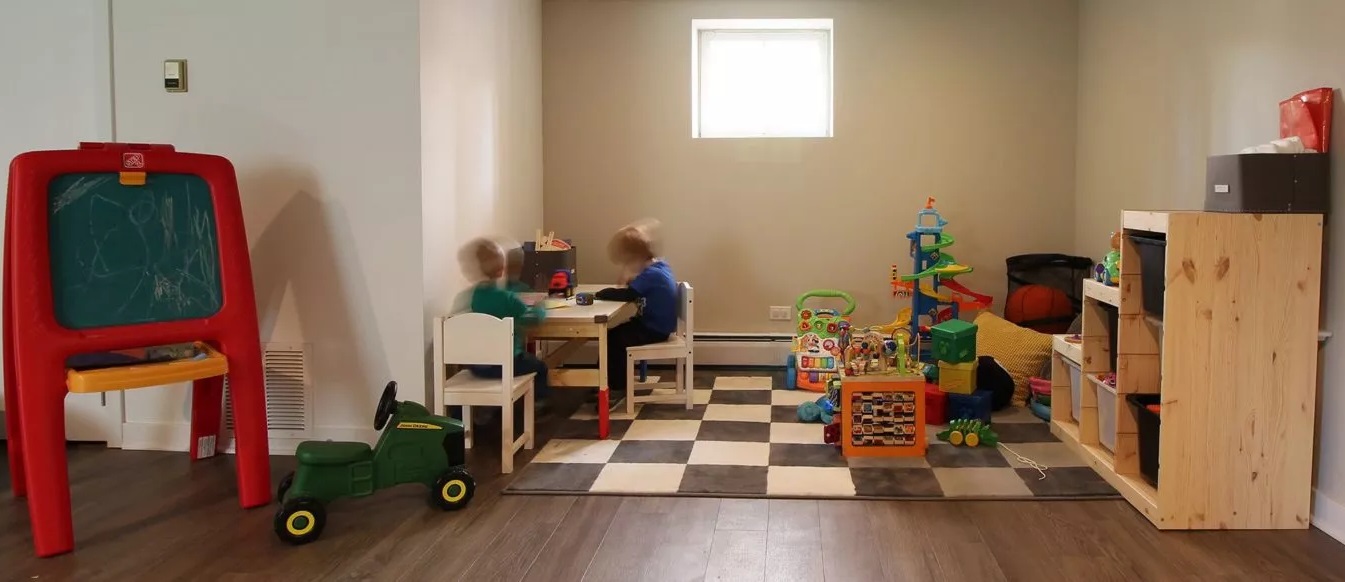
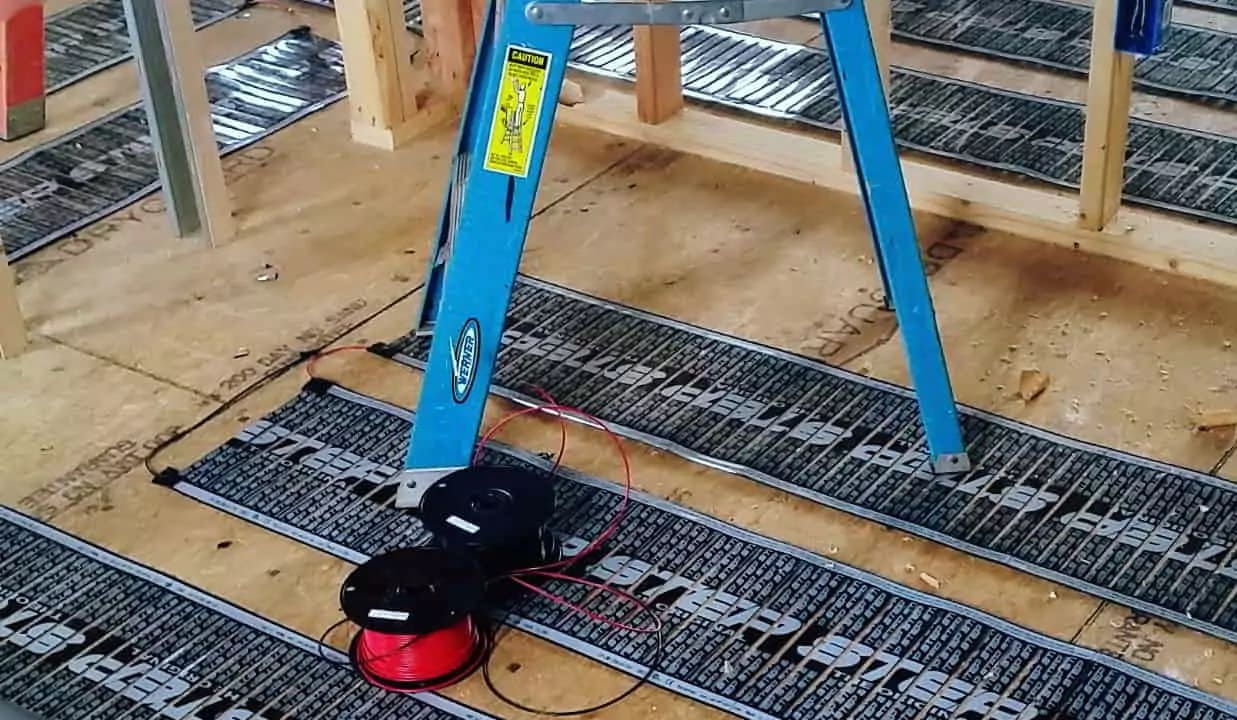
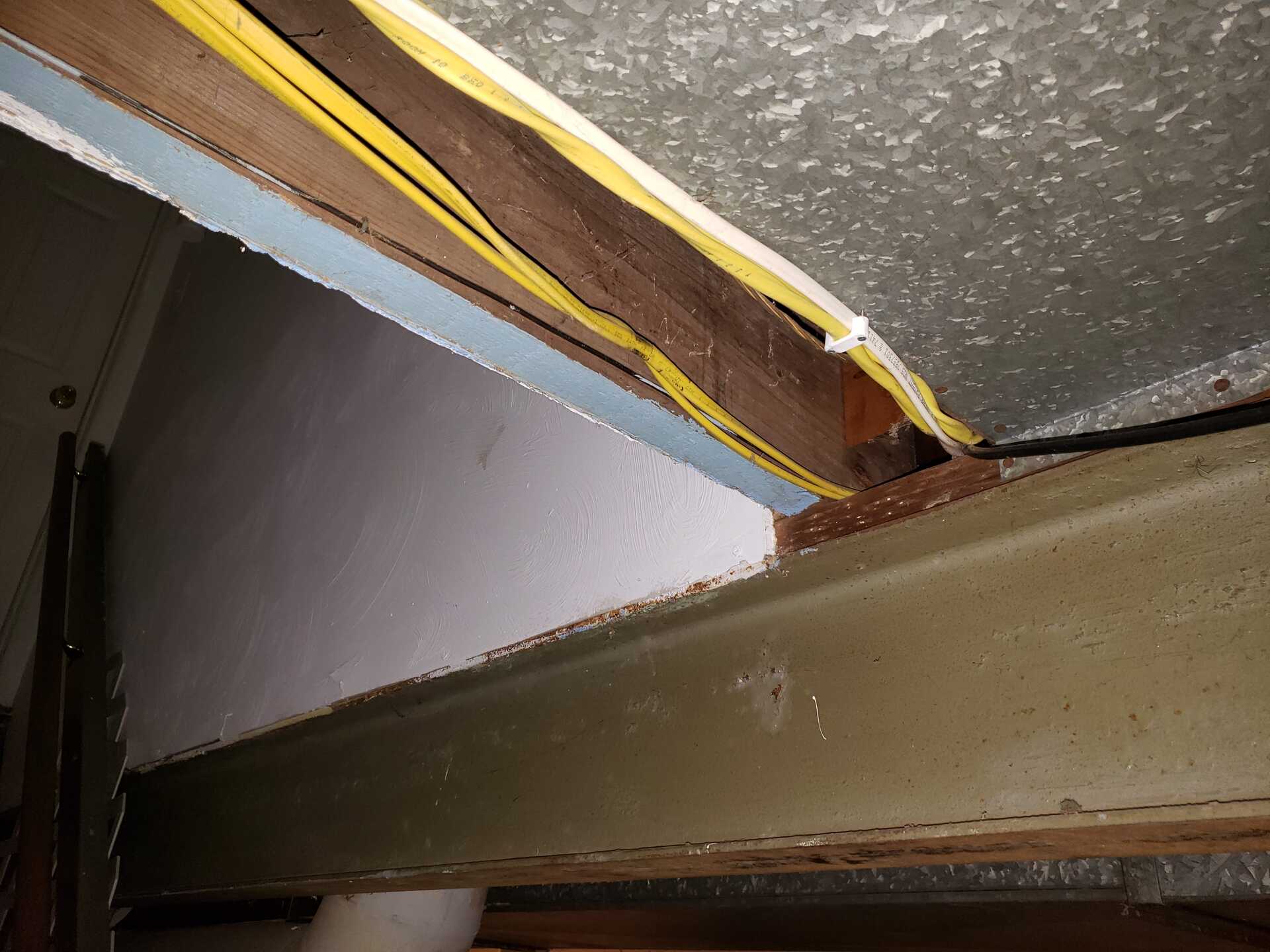
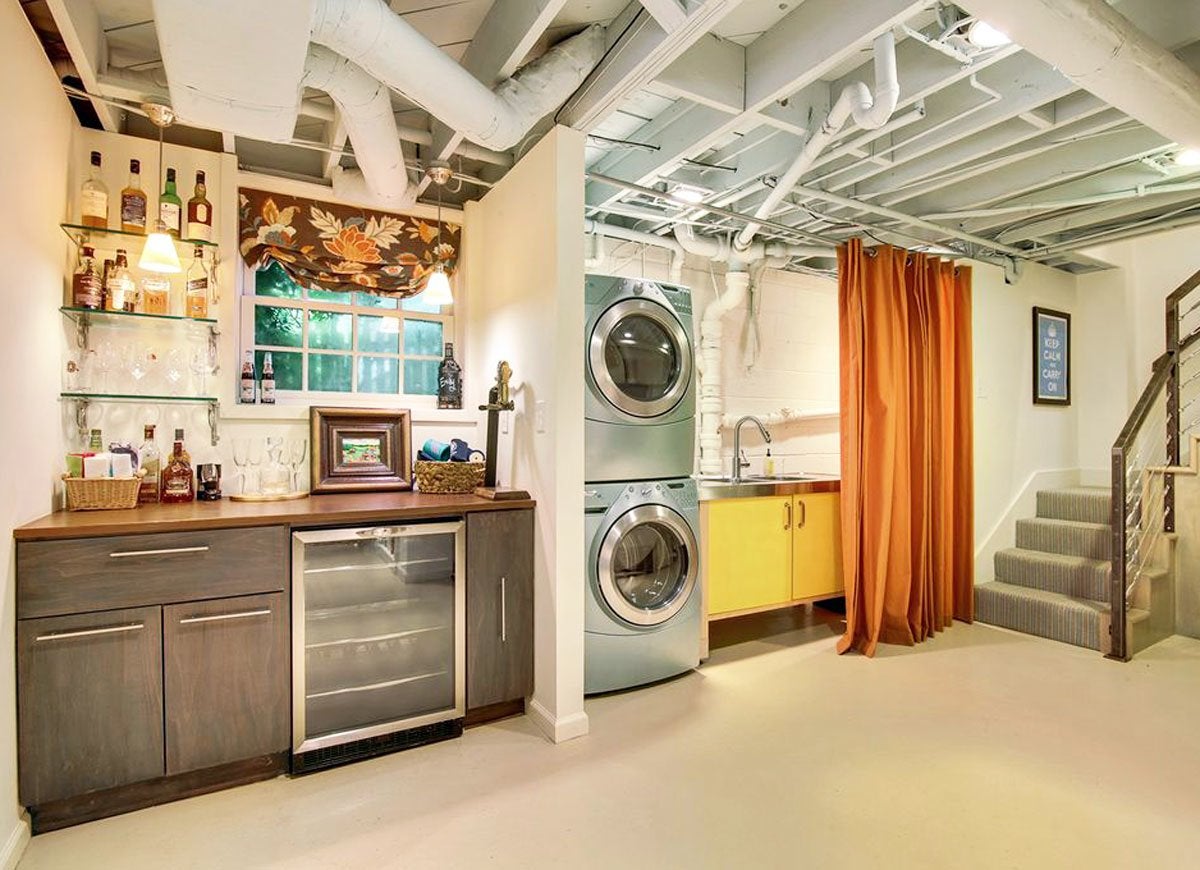

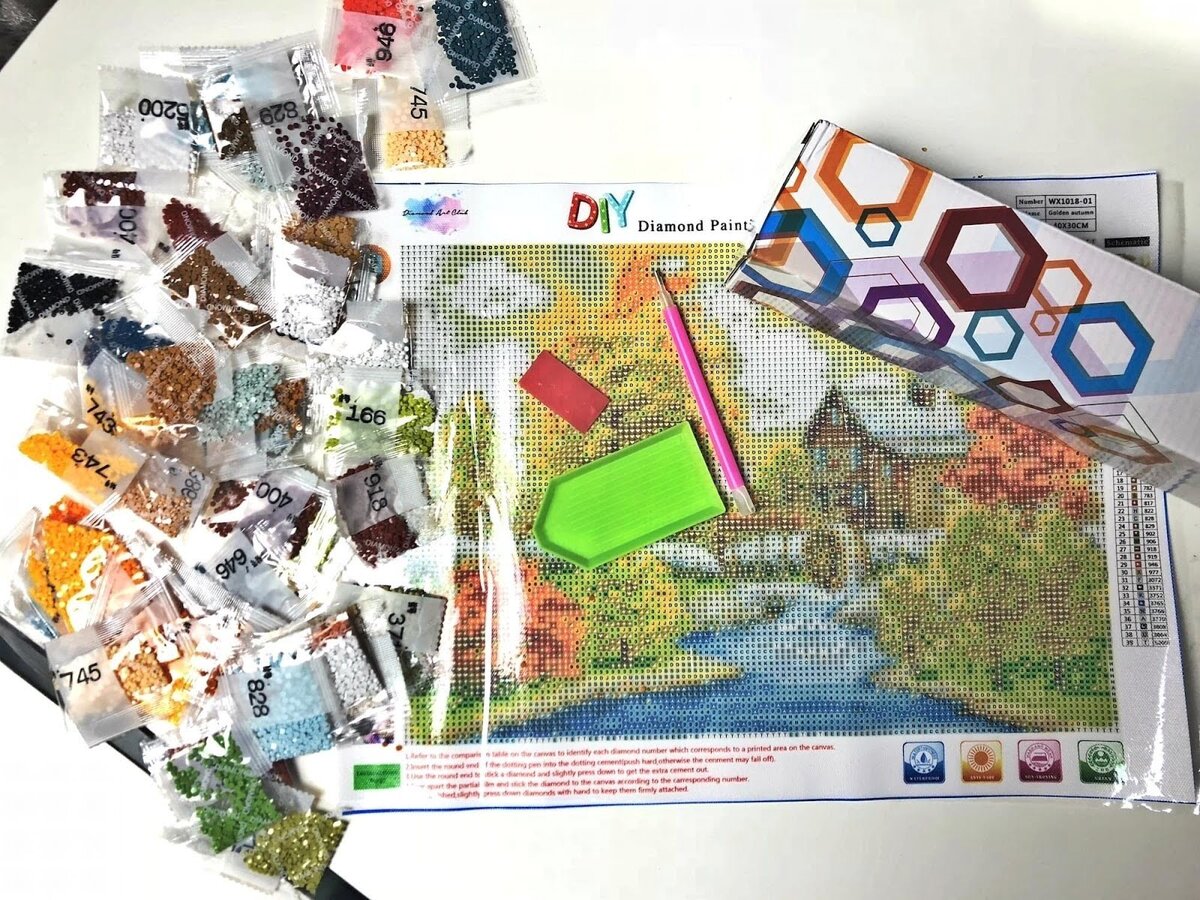
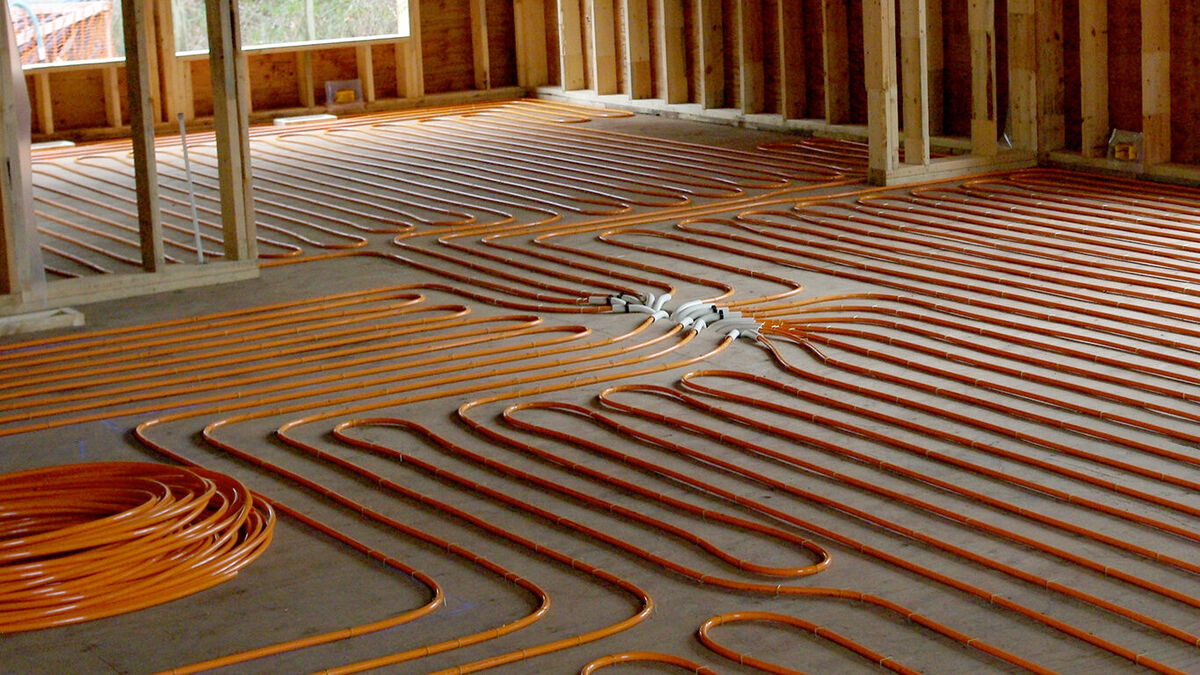
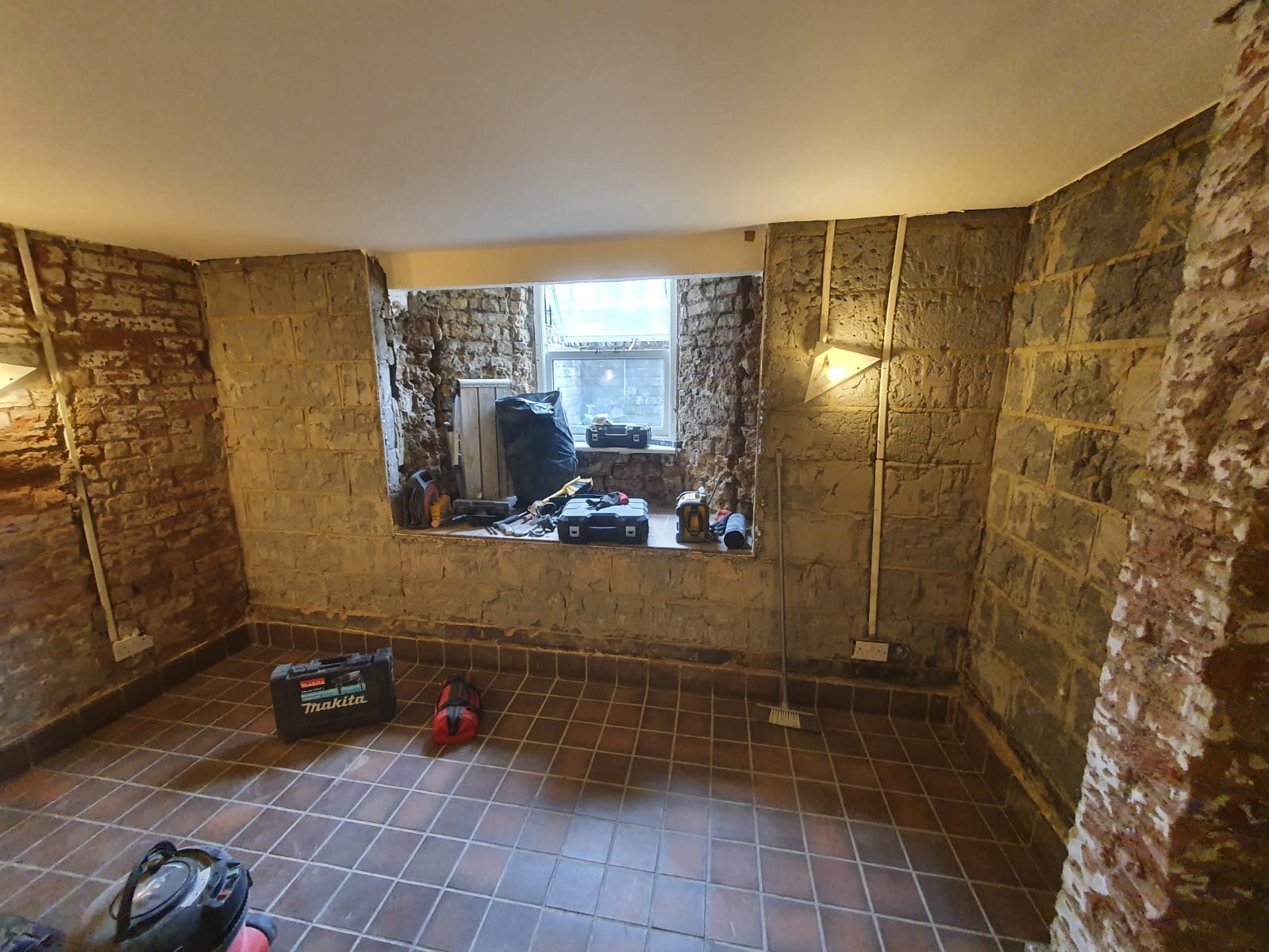
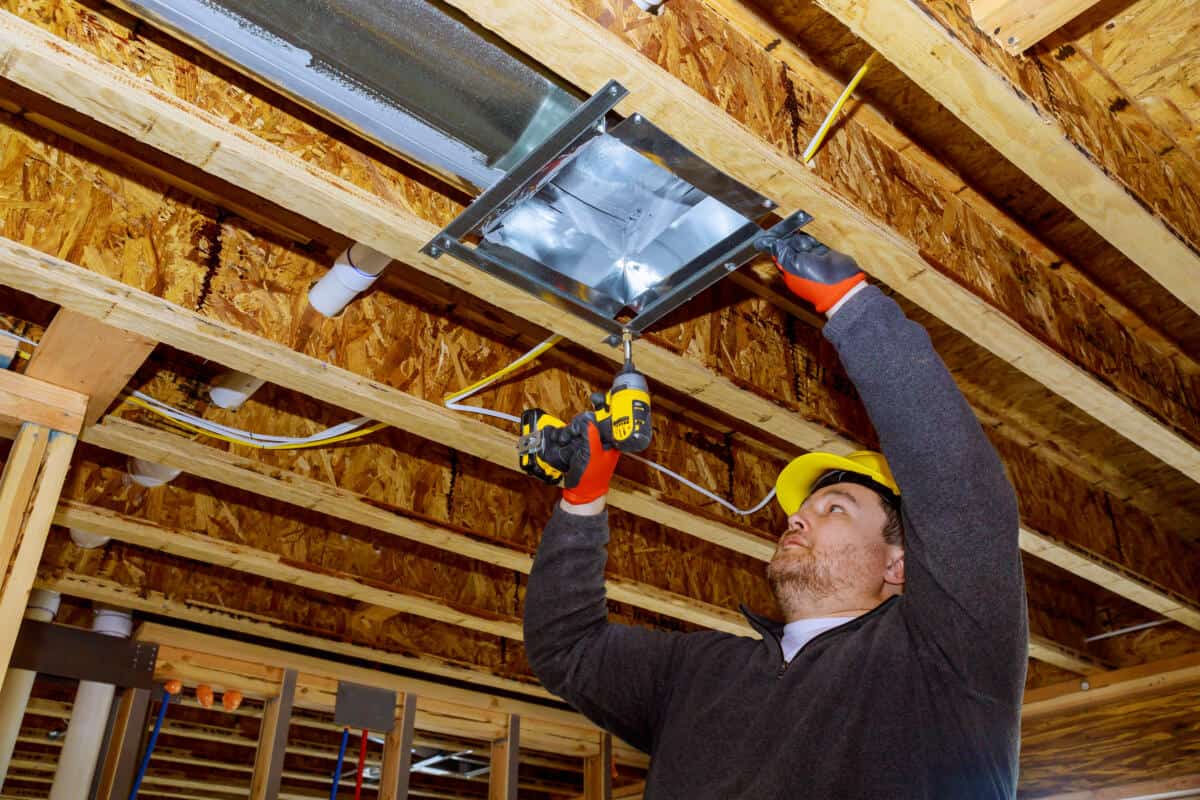
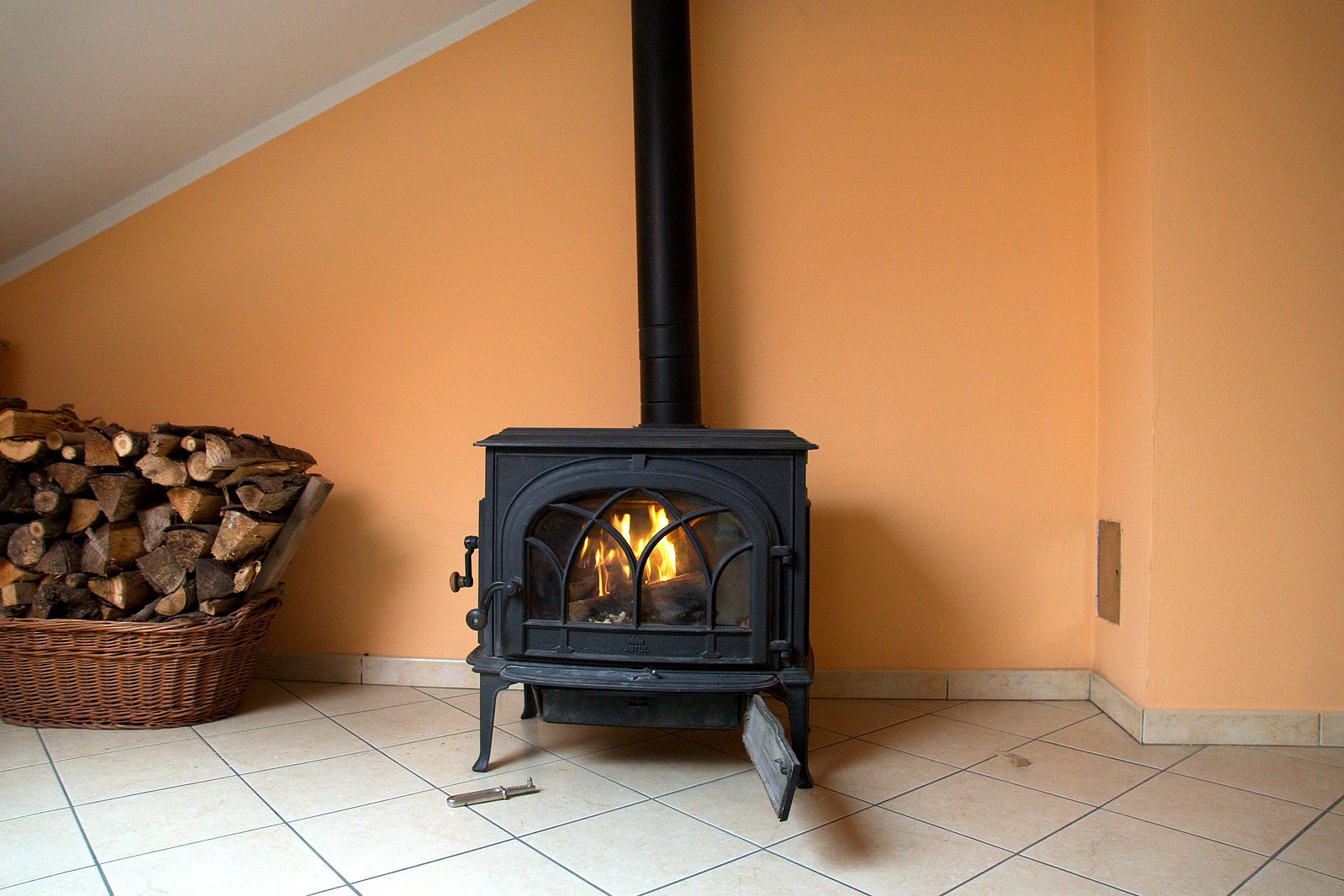
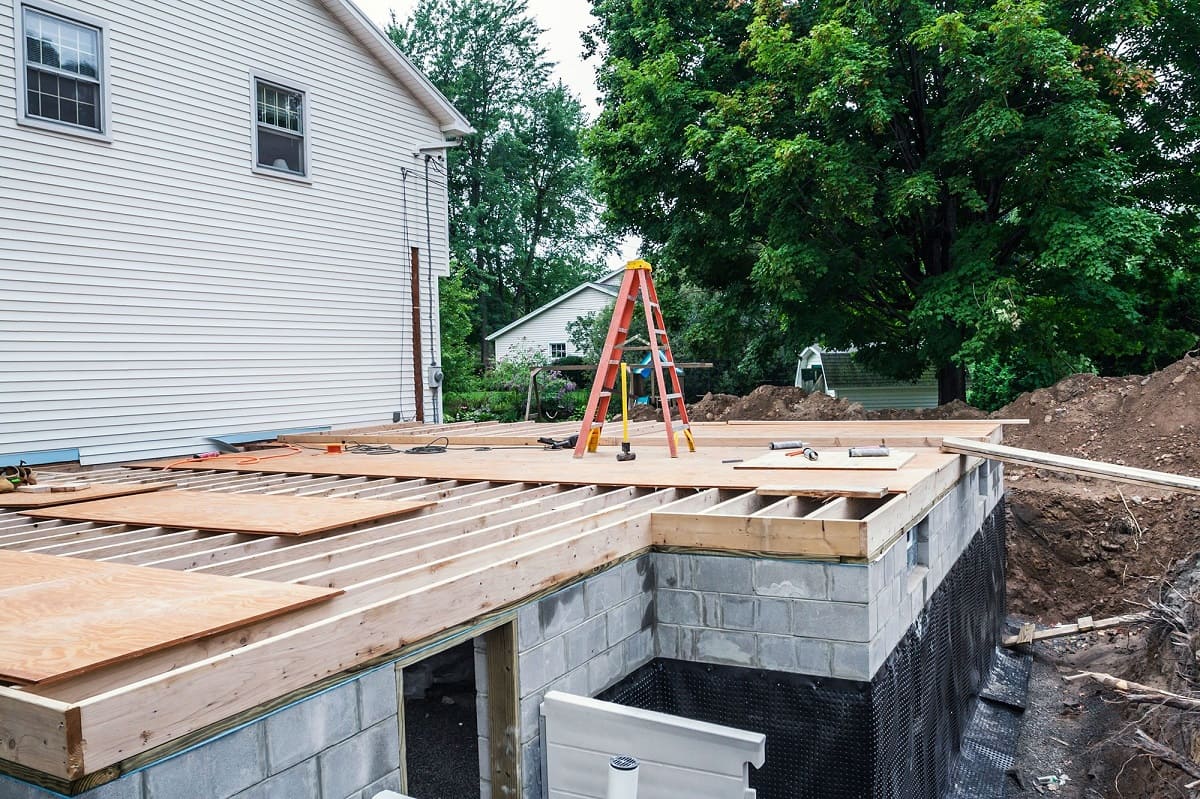
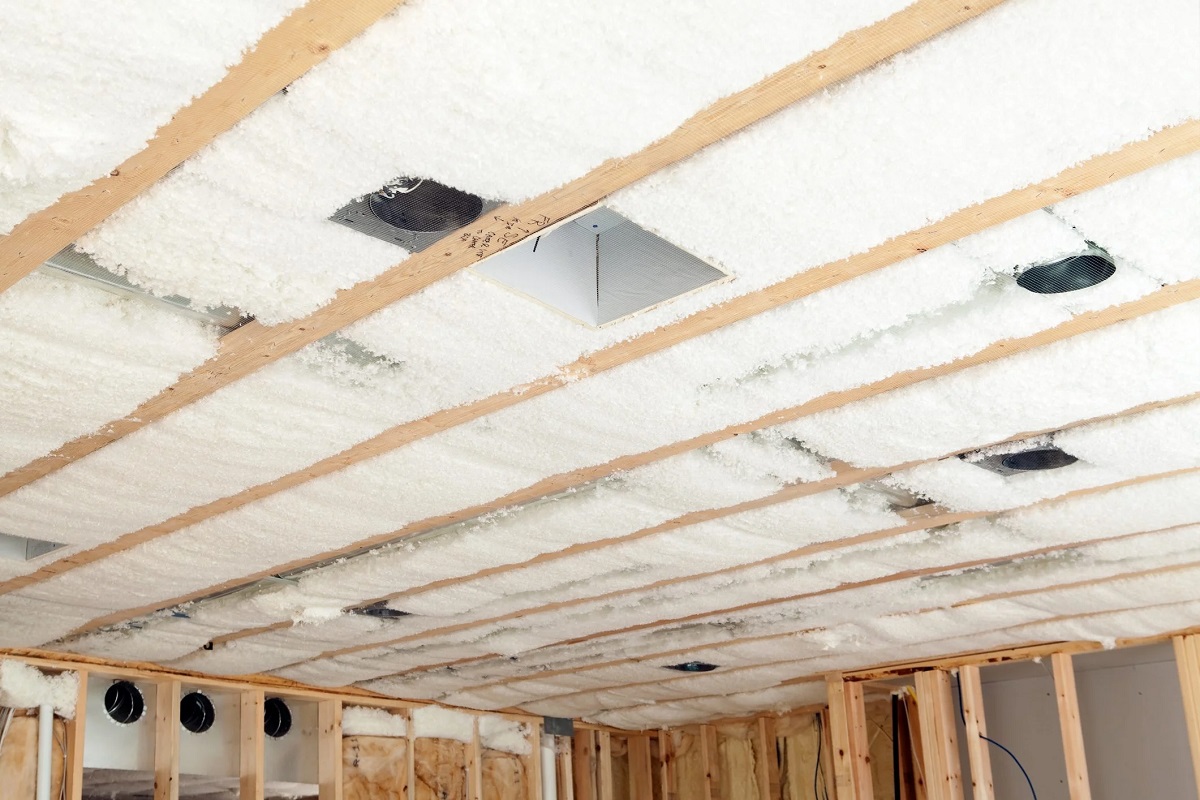
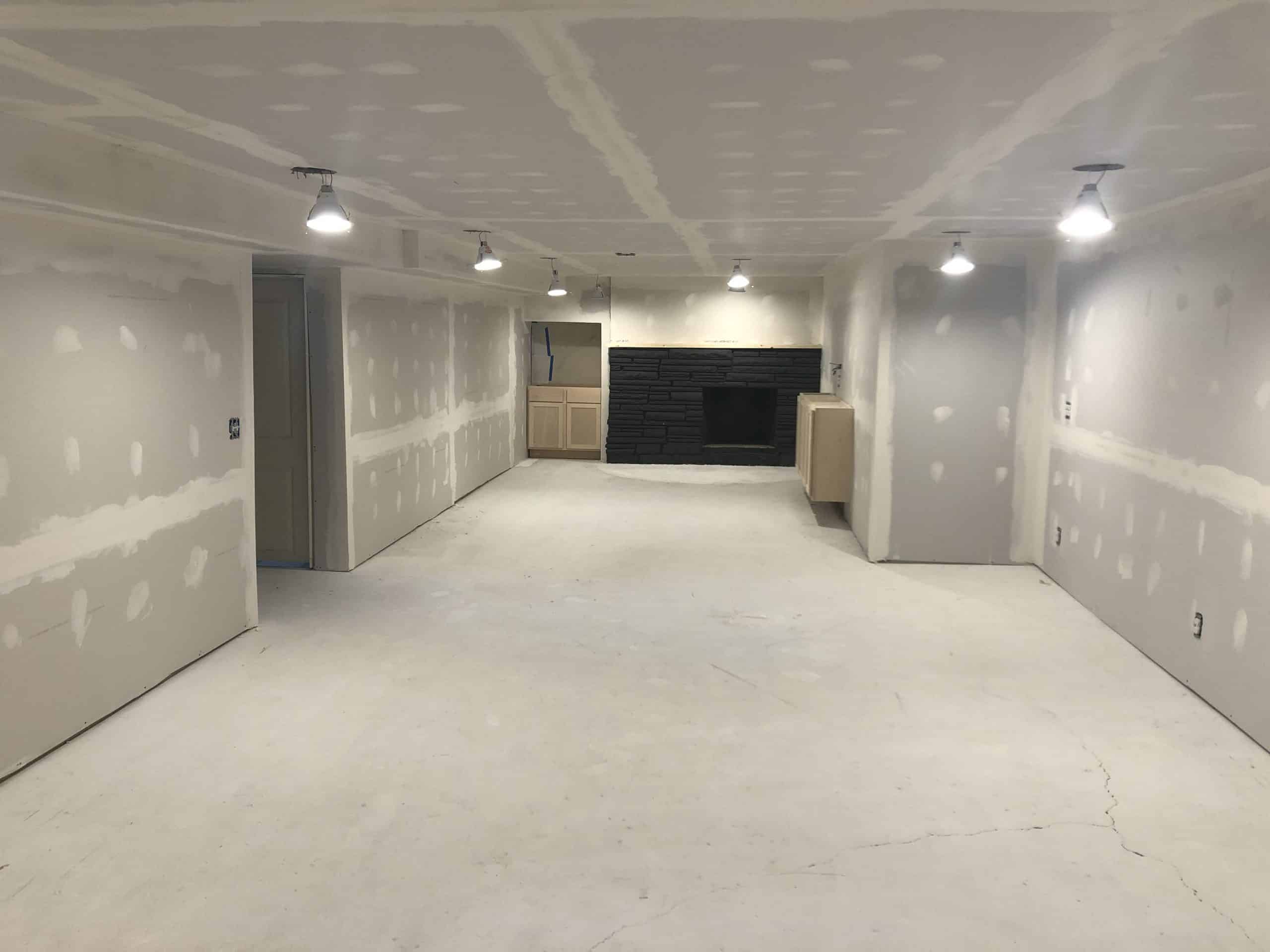

0 thoughts on “How To Heat An Unfinished Basement”